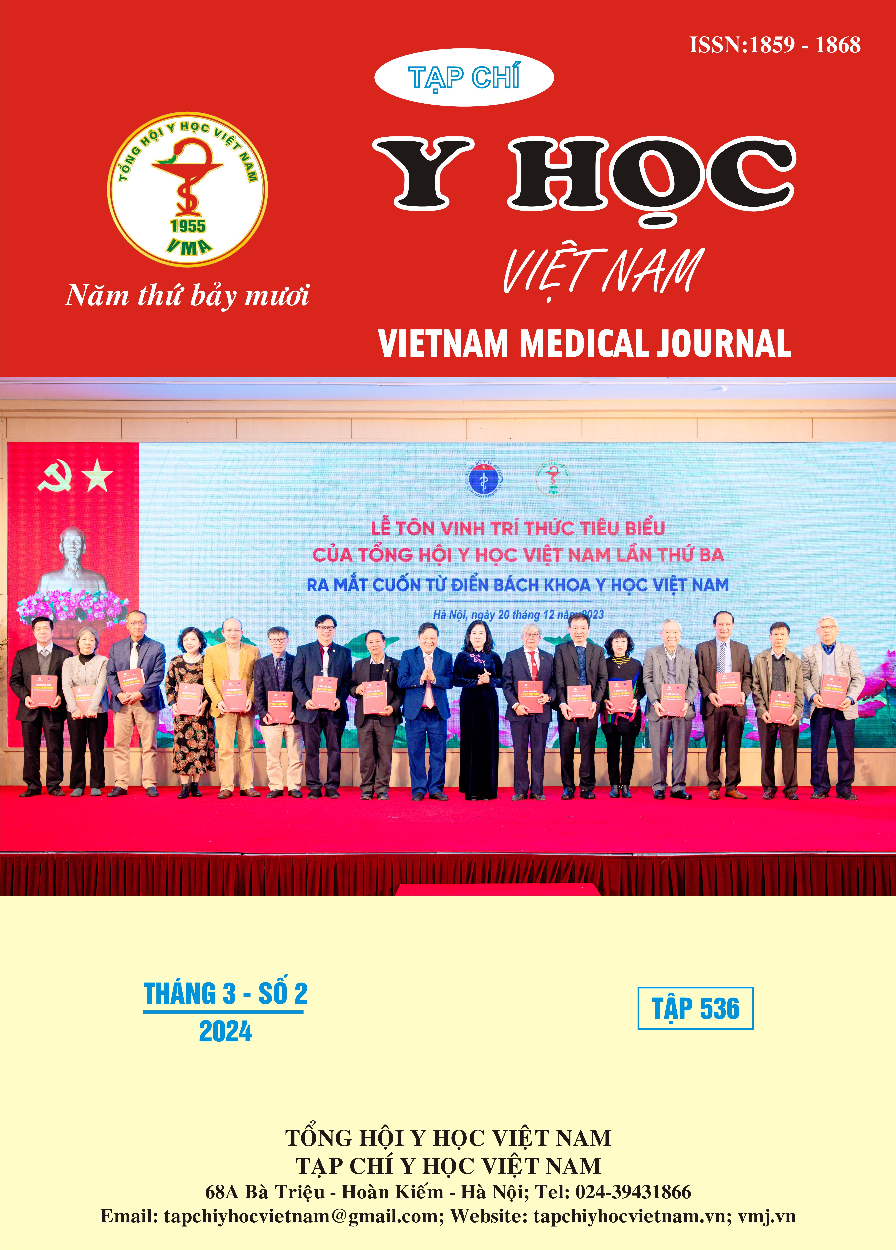A RARE CASE OF POSTINFECTIOUS TRANSVERSE MYELITIS AND LITERATURE REVIEW
Main Article Content
Abstract
Acute transverse myelitis is an uncommon inflammatory condition that affects a specific area of the spinal cord. It is typically acquired and localized, causing symptoms such as progressive muscle weakness, sensory impairment, and dysfunction of the sphincter muscles. While it often occurs as an isolated condition following an infection, it can also manifest as part of other inflammatory neurological disorders like multiple sclerosis, neuromyelitis optica spectrum disorder, or systemic inflammatory diseases. The effectiveness of treatment for transverse myelitis relies on an accurate and timely diagnosis, as well as distinguishing between idiopathic transverse myelitis and secondary transverse myelitis caused by another underlying condition. Key diagnostic tests include magnetic resonance imaging (MRI) of the spinal cord and a lumbar puncture. However, it is important to note that normal results on these tests, especially in the early stages of the disease, do not exclude the diagnosis. In some cases, repeating the spinal cord MRI and lumbar puncture at a later time may be necessary to confirm the diagnosis. We present a clinical case of postinfectious transverse myelitis where the initial spinal cord MRI and cerebrospinal fluid (CSF) analysis on admission appeared normal. However, subsequent spinal cord MRI revealed abnormalities consistent with acute transverse myelitis. The patient responded positively to high-dose corticosteroid anti-inflammatory therapy and experienced significant recovery, regaining near-normal muscle strength.
Article Details
References
2. Goh C, Desmond PM, Phal PM. MRI in transverse myelitis. Journal of Magnetic Resonance Imaging. 2014;40(6):1267-1279.
3. Group* TMCW. Proposed diagnostic criteria and nosology of acute transverse myelitis. Neurology. 2002;59(4):499-505.
4. Kimbrough DJ, Mealy MA, Simpson A, et al. Predictors of recurrence following an initial episode of transverse myelitis. Neurol Neuroimmunol Neuroinflamm. Jun 2014;1(1):e4.
5. Monahan RC, Beaart HJ, Fronczek R, et al. Suspected transverse myelitis with normal MRI and CSF findings in a patient with lupus: what to do? A case series and systematic review. Neuropsychiatric Disease and Treatment. 2020:3173-3186.
6. Tisavipat N, Flanagan EP. Current perspectives on the diagnosis and management of acute transverse myelitis. Expert review of neurotherapeutics. 2023;23(4):389-411.
7. Zalewski NL, Flanagan EP, Keegan BM. Evaluation of idiopathic transverse myelitis revealing specific myelopathy diagnoses. Neurology. 2018; 90(2):e96-e102.


